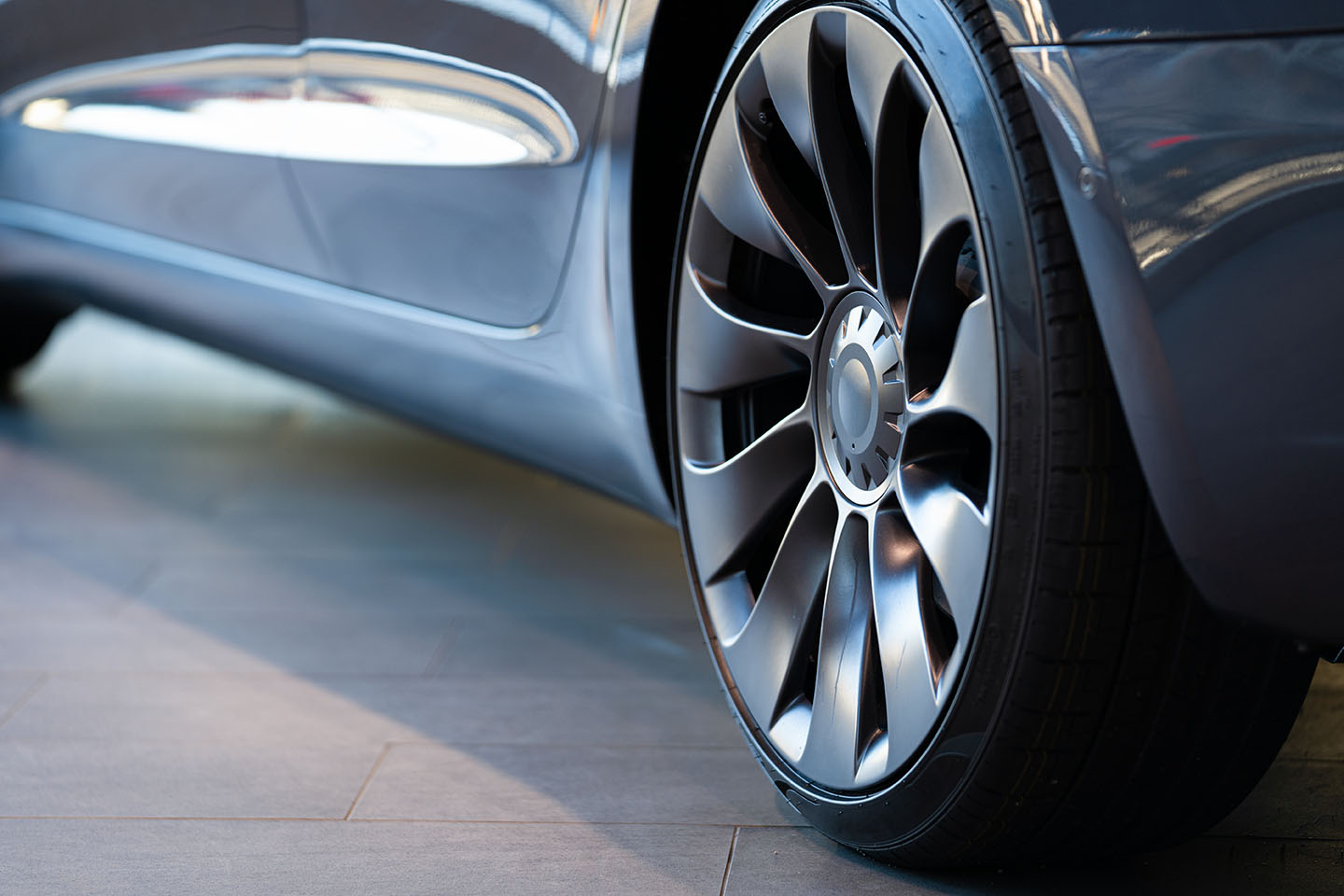Choosing the Right Tyres for EVs
Electric vehicles (EVs) impose unique demands on tyres because of their instant torque delivery, increased curb weight, and near-silent operation. While many tyre fundamentals still apply, EV owners should be aware of additional factors that influence safety, efficiency, and longevity.
Load Capacity
Most EVs weigh significantly more than petrol or diesel equivalents—often by 200–400 kg—due to battery packs. Consequently, standard passenger-car tyres may not offer sufficient load-bearing capacity. Always choose tyres with a load index at least one step higher than the manufacturer’s minimum recommendation. For example, if an EV’s placard calls for a load index of 90 (600 kg per tyre), consider upgrading to 92 or higher (630 kg per tyre) to handle the extra mass safely. Incorrect load ratings can lead to tyre deformation, excessive heat generation, and a higher risk of blowouts under heavy loads.
Rolling Resistance Ratings
Maximising driving range is one of the top priorities for EV owners. Low rolling-resistance (LRR) tyres reduce the energy required to keep the vehicle moving. When browsing tyre labels, look for “A” or “B” ratings in the rolling-resistance column. An “A”-rated tyre can improve range by 3–5 percent compared to a “C”-rated alternative. Although very low rolling-resistance tyres sometimes sacrifice wet-grip performance, modern EV-specific compounds strike a reasonable balance—providing both good energy efficiency and reliable traction in wet or cold conditions.
Noise Reduction Technologies
Because EVs operate with minimal engine noise, tyre-road interaction becomes the primary source of cabin sound. Many manufacturers now offer tyres with acoustic foam linings or specialised tread designs that help dampen road noise. These technologies can reduce tyre-related noise by up to 4 decibels (dB) at speeds of 60–70 mph, which feels noticeably quieter in an EV cabin. When test-driving new tyres, pay attention to rolling sound on both smooth and rough surfaces. Tyres marketed explicitly for EVs often highlight noise-dampening features on the sidewall or packaging.
EV Tyre Maintenance and Safety Best Practices
Proper maintenance is crucial for EV tyre performance, since underinflated or unevenly worn tyres can reduce range, compromise handling, and accelerate wear. Below are key maintenance steps every EV owner should follow.
Regular Pressure Checks
Tyre pressure has an even greater impact on EV efficiency than on internal-combustion vehicles. An underinflated tyre can increase rolling resistance by up to 10 percent, directly reducing driving range and causing irregular tread wear. We recommend checking tyre pressures at least every two weeks—more often in winter, when temperatures drop and pressure can fall by 1–2 psi for every 5 °C decrease. Always inflate to the manufacturer’s specified cold-pressure values, which are usually found on a sticker inside the driver’s door jamb or in the owner’s manual. If you use a public pressure station, ensure readings are taken when tyres are cold (driven less than 2 miles).
Wheel Alignment and Balancing
The extra weight and torque characteristics of EVs place greater stress on suspension and steering components. Even a slight misalignment—such as a toe-in/out deviation of 0.1°—can cause premature wear on EV tyres. It is recommended to check alignment and balance at least once a year, or every 10,000 miles (16,000 km), whichever comes first. Signs of misalignment include steering pull, uneven shoulder wear, or vibration at higher speeds. Proper alignment not only extends tyre life but also ensures the most efficient energy transfer to the road.
Tread Depth and Visual Inspections
Legal tread depth in the UK is 1.6 mm, but for optimal performance and safety—especially in wet or icy conditions—consider replacing tyres when they reach 3 mm. EVs frequently employ regenerative braking, which can cause slightly different wear patterns, such as increased shoulder wear on the front tyres. Perform a visual inspection of all four tyres at least once a month: look for cuts, bulges, embedded debris, and uneven wear. Rotate tyres every 8,000–10,000 miles (12,000–16,000 km) to promote uniform tread wear across all positions. Regular inspection helps detect damage early, reducing the risk of sudden punctures or blowouts on quiet motorway journeys.

